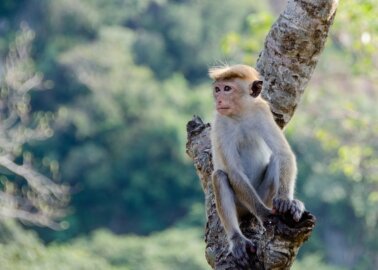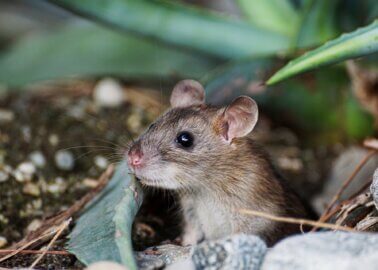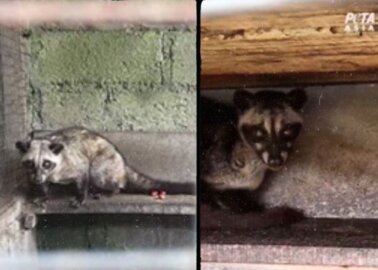The Secret Life of Badgers – Photos and Facts
Shy, elusive, nocturnal – just some of the words that spring to mind when you try to describe the badger.

This most ancient Briton is adapted for life underground, and spottings are rare – yet beneath the mysterious surface, these are remarkable animals.
The following are some reasons why we should be celebrating badgers, not planning to massacre them:
1. Badgers have been present in the British Isles for at least 300,000 to 400,000 years.
2. Badgers are great builders. Their underground homes, or setts, are often highly complex, with different chambers for sleeping and rearing young as well as multiple entrance holes and intersecting tunnels. Setts are passed on from generation to generation, and some may be centuries old.
3. Badgers are highly social and live with their families in clans of up to 12 individuals.

4. Badgers have an acute sense of smell thought to be around 700 to 800 times better than that of humans. Their eyesight is poor, so they rely on their noses for finding food and scenting danger.
5. Female badgers can choose when to have their babies. They’re one of the few mammals who breed through “delayed implementation”, meaning that they don’t become pregnant immediately after mating but store the fertilised egg until November or December so that they can give birth in early spring.

6. Badgers are foragers rather than hunters. They eat an omnivorous diet that includes earthworms, fruits and berries, insects and cereals.
7. Badgers are fastidiously clean. They spend large amounts of time grooming themselves and each other and regularly change their bedding with fresh grass and leaves. They even dig special latrines away from the main part of their setts.
8. Badger cubs are very playful. Once they venture above ground, when they’re around 2 months old, they enjoy playing games and chasing each other around tree trunks or in and out of holes.

9. Badgers cooperate with each other to rear their young, exhibiting “alloparental” behaviour. Badger mums will receive help from female relatives, increasing their cubs’ chance of survival, while badger “babysitters” gain useful skills for when they have their own litter.
10. Badgers can live for up to 14 years. However, their life is often cut short by hazards, including cruel badger baiting, traffic and snares, which trap and maim them. Approximately 50,000 badgers die on the roads each year. The most recent threat is the government’s proposed cull, which would kill up to 70 per cent of badgers in certain areas.

PETA is a member of Team Badger, a coalition of organisations united in our opposition to the proposed badger cull, which is both inhumane and misguided. Hundreds of thousands of British people are rallying to stop the massacre – join the movement here.



